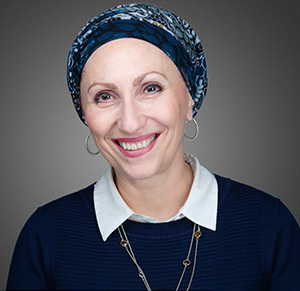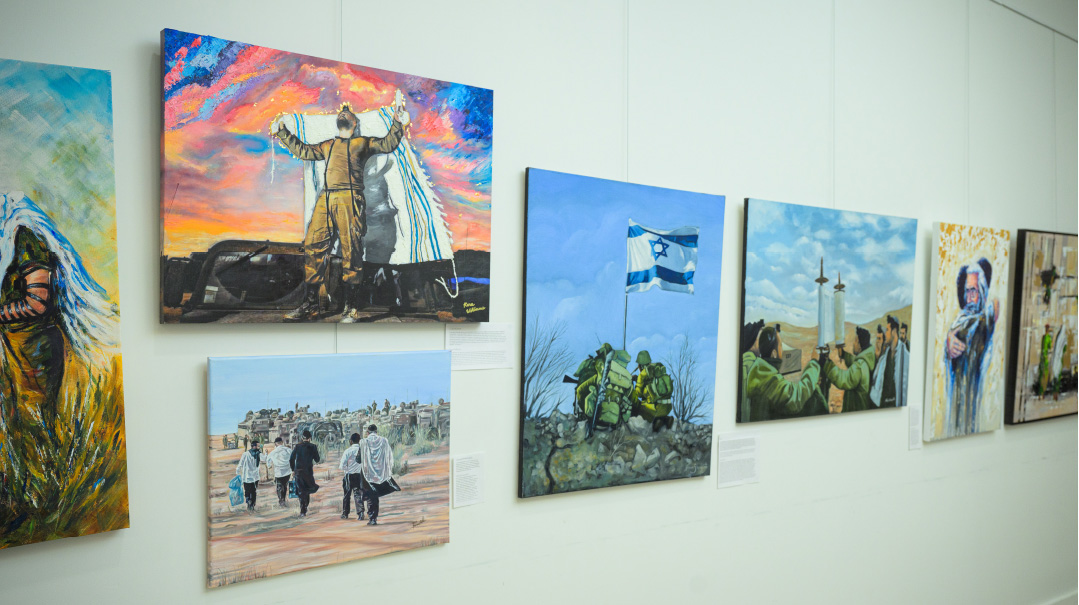When Words Fail

Artists from around the world give their own expression to the horrors of October 7

Terror, faith, and hope seem to be opposite narratives, but they converge in a powerful display of resilience and fortitude, produced by artists from around the world who give their own expression to the horrors of October 7 without losing sight of the bigger picture
The ambiance at the Hadas Gallery, located in the Rohr Chabad of Clinton Hill and Pratt Institute, is that of any upscale Manhattan exclusive art showing on this chilly November night. There’s a table on the side offering bottled water and wine, and visitors are milling around the exhibits, with many of the artists in attendance to meet the public. Strategically located across the street from the Pratt Institute of Art, this Brooklyn Chabad House opens its doors to art showings by students and artists, while doubling as a shul and locale for classes and events.
“Since it’s in an art-centered area, this venue opened up as Hadas Gallery in 2003,” says Rabbi Yossi Eliav, who has been the shaliach there for the past five years. “The intention was to connect people with art and Yiddishkeit.”
Tonight, we’re here to view the works of over 30 Jewish artists under the umbrella of an exhibit entitled October 7: Terror, Faith, Hope.
Never Lose Hope
Abigail H. Meyer, the curator of this exhibit, is on hand to greet us. An art historian, curator, and museum educator who has worked for both Kestenbaum and Company, a boutique Judaica auction house, and the Judaica Collection of the Metropolitan Museum of Art, Abigail currently serves as a private consultant and educator for museums, universities, libraries, research institutions, and private collectors. She guides visitors through the exhibit, explaining the more abstract works whose meaning may not be immediately obvious to the uninitiated.
Walking into the gallery, the first painting that meets the eye is an all-black, textured, charred-looking canvas by artist Babette Marciano entitled “Burnt Nova.” Abigail explains it to a cluster of spectators: “If you look closely, you see the outline of the para-terrorists invading the Nova festival. Once you see it, you can’t unsee it.” Indeed, now I can make out the outlines of the paragliders.
Photos by Sharon Abeles highlight the destruction of that day. “Car Cemetery” depicts the car graveyard at Moshav Tekumah, where over 1,650 mangled vehicles recovered from Highway 232 are being kept — cars that clogged the highway as people tried to escape while being shot at, bombed, and burned by terrorists. “Bomb Shelter” depicts a burned bus stop and its adjoining public bomb shelter, or migunit, outside Kibbut Kfar Aza. Since October 7, its walls have been plastered with images of the hostages and words of prayer, and the floor is almost completely covered with yahrtzeit candles lit in memory of the victims.
Oops! We could not locate your form.







